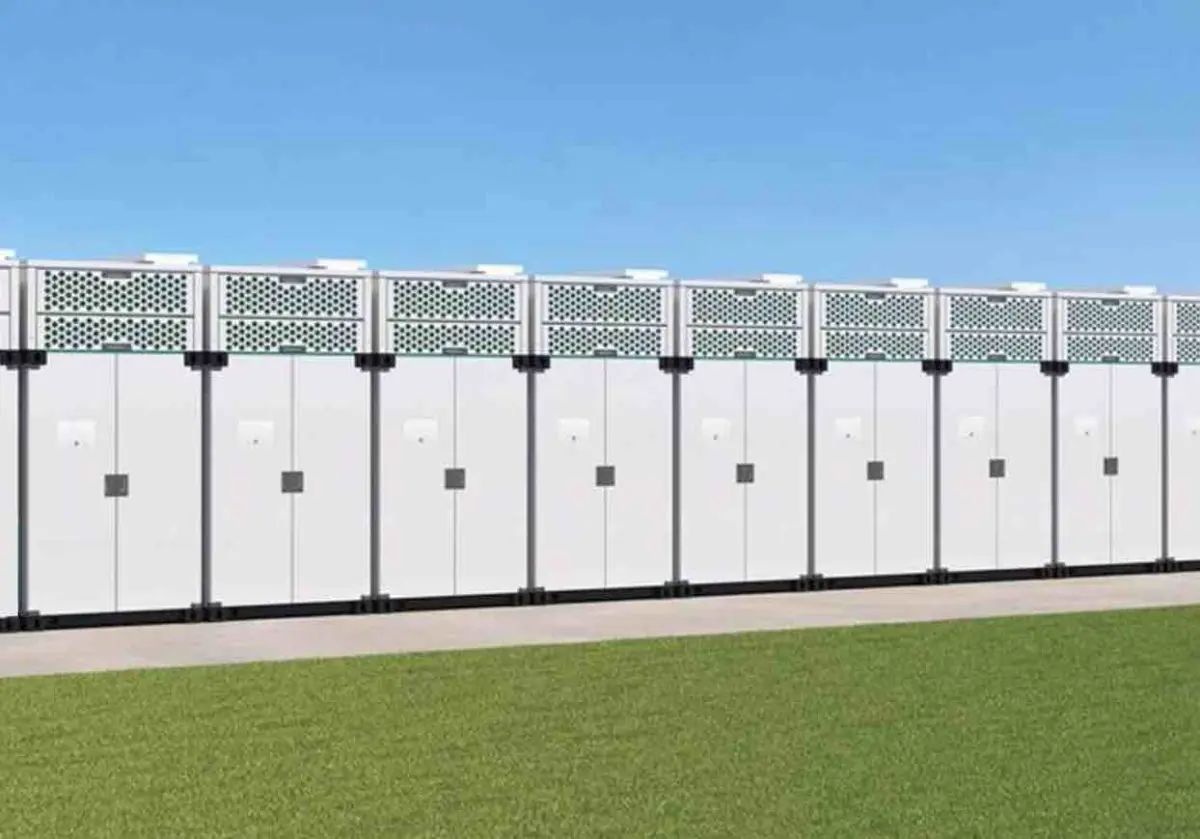When US investment giant BlackRock commits to its first big battery storage project in Queensland later this year, one thing it won’t have to worry about is going to banks to negotiate finance. That can come later.
BlackRock’s Real Assets division, with some $US70 billion under management, on Tuesday announced it had bought Melbourne battery storage developer Akaysha Energy, and will spend $1 billion rolling out its portfolio of nine big battery projects in Australia over the next three to five years.
It is, says BlackRock’s Charlie Reid, the investment group’s biggest investment in battery storage “by some margin”, and BlackRock is, also by some margin, the biggest player to enter the Australian battery storage market to date.
Inevitably, that’s going to shake up the market some what. A lot of battery storage is needed in Australia as coal plants retire and more wind and solar projects are rolled out, but BlackRock will be competing directly with some established players and business plans in the pursuit of its own portfolio.
First cab off the rank will be a 150MW, two hour battery called Ulinda Park located near the Kogan Creek coal generator in the Western Downs region of Queensland, which is emerging as a major renewable energy hub. Reid hopes to reach financial close by the end of the year, or the first quarter of 2023.
“So we focus on unlevered returns,” Reid tells RenewEconomy in an interview. “Part of the strategy here, and why there’s a big number attached to the deal, is that we’ll be building assets unlevered and then refinancing in due course, and we’ll be looking for high single digits, unlevered returns.”
Reid, who is BlackRock’s co-head head of climate infrastructure in the Asia Pacific, says the strategy with the Akaysha portfolio – which includes another two identified assets in NSW and Tasmania, and another six yet to be revealed – will be to own and operate some assets, and contract others.
“We’ll be doing both actually … pursuing a hybrid approach,” Reid says. “We’ve got a range of discussions ongoing, (on contracting) but equally, we’re keen to maintain some control over the batteries and participate in the merchant market as well.”
The other two identified batteries in BlackRock’s newly acquired portfolio are unique in their own ways. One, Orana near Wellington in the central west of NSW, sits in the heart of the state’s first renewable energy zone and is proposing up to eight hours storage, unheard of in battery storage projects, at least in Australia.
The other, next to the Palmerston sub-station near Launceston, will be Tasmania’s first big battery and plans to deploy advanced inverters and act as a “virtual synchronous machine” for the island’s grid.
Akaysha has been working with Renewable Energy Partners in the development of Ulinda Park and another two Queensland battery storage projects, but apparently working solo in other states.
But why, after a two-year search, did BlackRock decide on Akaysha, which was only established in early 2021 by a group of former Macquarie, Tesla and Engie executives, and is yet to bring a project to financial close.
“They’re new … but their team has touched pretty much all of the large scale batteries that have been deployed in Australia,” Reid says.
“And I would say globally that they are the best team that we’ve dealt with in battery storage. And obviously you’ve got a large opportunity here in Australia that we’ll be addressing in the near term.
“We see this as an Asia Pacific platform. So we will be putting Akaysha boots on the ground in Taiwan and in Japan, looking to build assets in those markets because they’re in a very similar situation to Australia in terms of the need for for batteries to walk alongside their renewables journey.”
Reid says that the likes of BNEF see a $US400 billion battery storage opportunity over the next decade, BlackRock it sees an even bigger multi-trillion dollar opportunity, and it believes Australia is a natural place to start.
“If you go back to 2017, 2018, Australia’s very high from a global clean energy perspective in terms of market ranking, and then projects ran into MLF (marginal loss factors, or grid congestion) issues, grid issues, etc. and it felt quite low in the ranking,” Reid says.
“I would say through a confluence of factors Australia is now emerging as one of the leading markets globally overall as part of the energy transition.
“And as it relates to battery storage it’s in the top few countries globally, owing to the amount that’s been deployed, the need for for battery storage, and some of the expertise frankly.
“So I think that part of the interesting proposition for Australia now is, yes, there’s lots to do domestically, but how can Australia export its skills, technologies, raw materials to the world as part of the net zero transition?”








